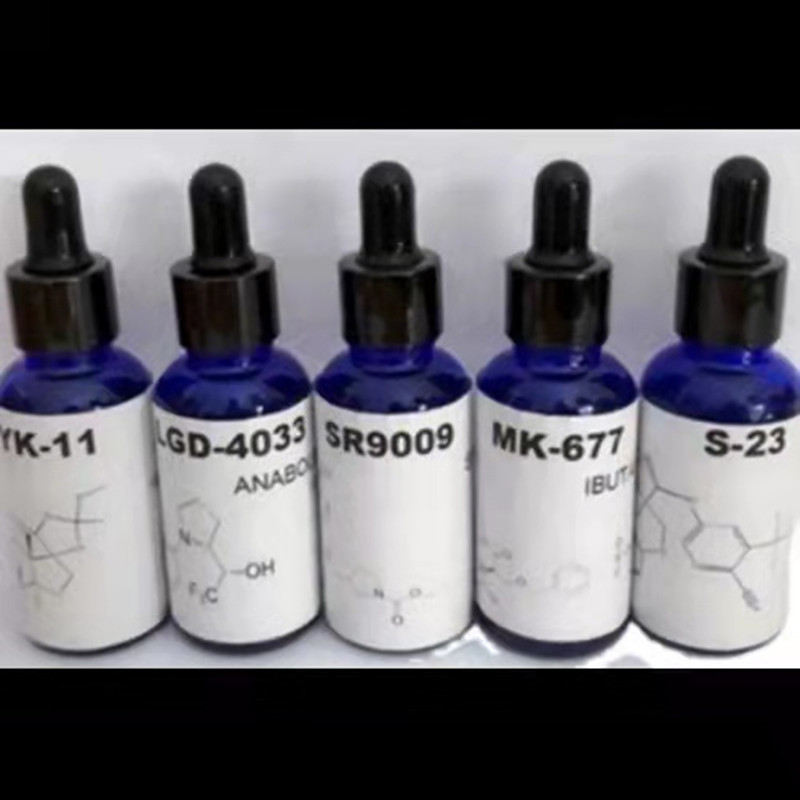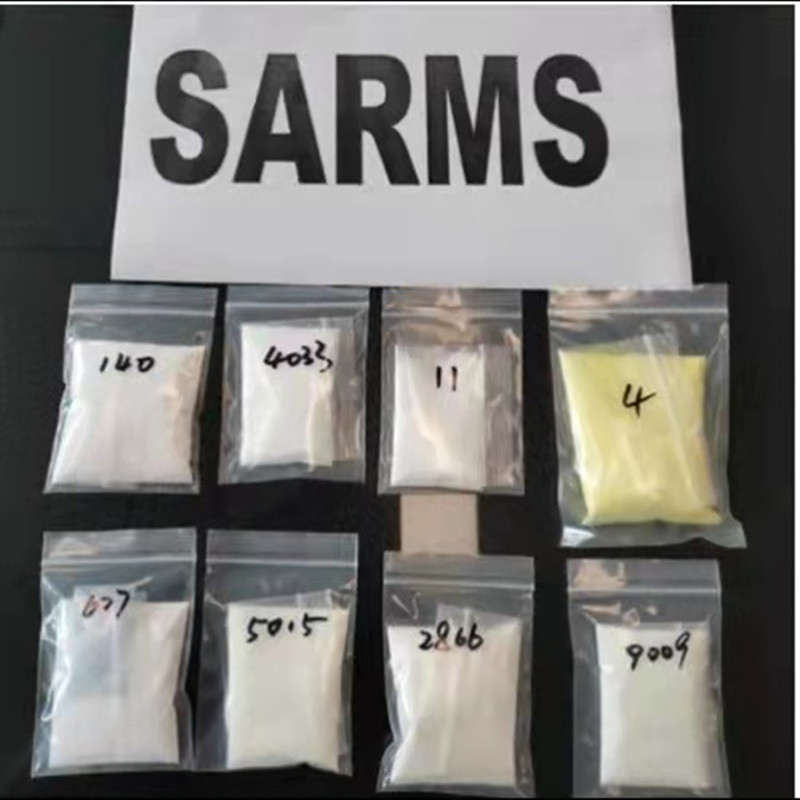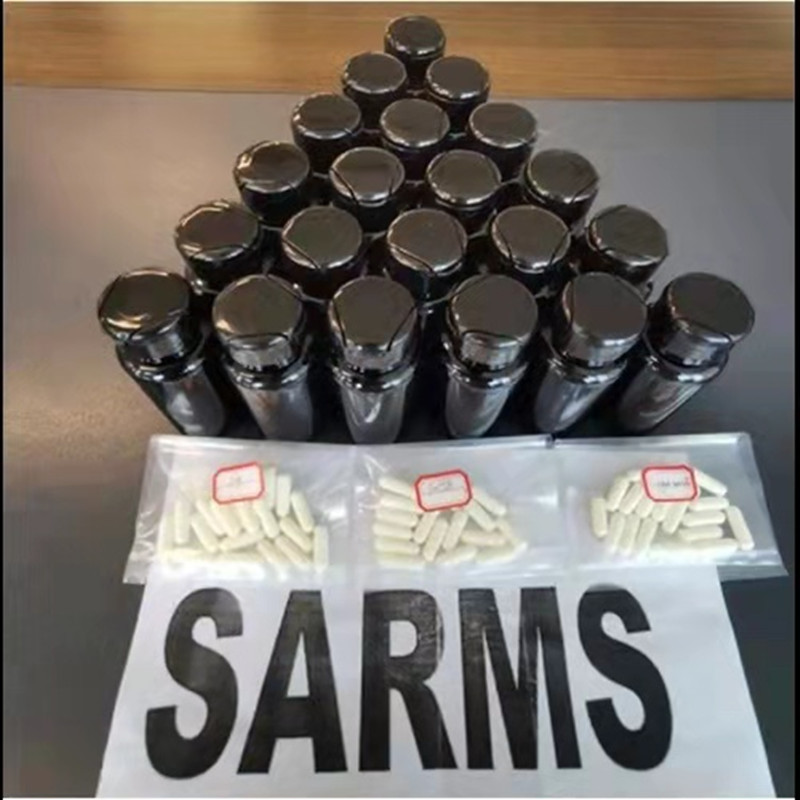1. Sclerotinia: It can occur during the whole growth period of oil sunflower and it can infect any part of the plant. Due to the difference in the time of onset and the site of infection, there are often four types of standing, root and root rot, stem rot and disk rot in the field.
(1) Standing dry: After infection at the seedling stage, the young root, cotyledon and stem base can be rotted, and a white villous mold layer appears in the diseased part. After expansion, the lesion surrounds the whole stem, and the plant soon wilts to die.
(2) Root and root rot: generally occurs in 6-8 leaves of the plant until maturity, the pathogen can invade the main root, lateral roots, and rhizomes, and gradually spread to the base of the stem, causing the infected part to turn brown and rot, causing the plant to die. . Pull out the diseased plants, often in the soil or near the ground rhizome has some dark brown, different sizes, different shapes of sclerotia.
(3) Stem rot: Infected stems at adult stage, starting from the base of the stem, appearing brown spot on the base of the stem, and a white villous layer of mold appears. The stems are easily broken or broken. Hyphae can spread on the stem surface when wet, and when dried, it can be seen that there are a lot of white mycelia and black sclerotia in the pith part of the stem.
(4) Pan rot: In the late flowering period, the virus infected the disc. In the beginning of the disease, some brownish water stain spots appeared on the back of the sunflower. When the humidity was high, villous mold layer appeared. After the expansion, the disc was partially or totally brown and rot. The seed had mildew. Taste and bitterness, diseased seeds and pods are 15-20 times stronger than healthy plants.
Control methods: The first is to turn crops with grass crops or deep-buried soil to reduce the bacteria source. The second is seed treatment, seed dressing 0.3% -0.5% carbendazim for seed dressing; the third is spray control, in the beginning of the disease with 80% type A carbendazim 1000 times spray, 7-10 days once, even spray 2 times .
2, oil sunflower black spot: can damage the oil sunflower leaves, petioles, stems and disk, usually after flowering occurs, the incidence of leaves in the beginning of the diameter of 1-3 cm brown dots, expanded after round, oval A large brown spot of irregular or irregular shape with a light central shade. Grayish white, with or without concentric rings, sometimes several lesions fuse to form large patches, causing partial scorch, rupture, or perforation of the leaves. At high humidity, the black mold layer appears on both sides of the lesion. After petiole infection, petioles and leaves die together. After stem infection, spindle-shaped or irregularly-shaped brown spots are produced on the stem and can reach up to 1-5 cm in length. After infection of the disk, many small brown spots are produced and begin to appear from the back edge of the disk. If the environment is favorable, the disk may be partially or completely rotted, resulting in serious reduction of production. The presence of a dark brown velvet or olive layer in the diseased area is an important feature of the disease.
Control methods: Before the onset of disease, use 80% A carbendazim 1000 times or 80% of new manganese 800 times spray to prevent the occurrence of disease, after onset with 43% tebuconazole 4000 times spray treatment.
3, oil sunflower downy mildew: the entire growth period can be disease, according to the occurrence period and symptoms of symptoms can be divided into four types.
(1) Dwarfing type: The plants are severely dwarfed, the internodes are shortened, and the roots are stunted. Leaf chlorotic or chlorotic mosaic lesions appear along the main or lateral veins on the leaves. In the event of rainfall or high humidity, a thick layer of white mold appears on the back of the diseased leaves. The diseased plants often cannot form flower disks, even if The formation of disk, disk is also very small, very low fertility.
(2) Leaf spot type: The plant growth and development is good, but there is a large-angled chlorotic chlorotic spot on the surface of the leaf or near the main vein, and a white dense moldy layer appears on the back of the diseased part of the leaf.
(3) Damaged flowers and fruits: Occurred mainly in the late growth stage of the oil sunflower, the flowers of the diseased plants were dry, the seeds were not real, the seeds were thin, and the flower disk often did not fall down, nor was it positive.
(4) The latent type: external symptoms are not obvious. The pathogens are confined to the underground part of the plant. Occasionally, the pathogen is dark green at 25-30 cm above the ground, and the surrounding cells of the pith are pale brown. This symptom is a manifestation of the plant's resistance to pathogens.
Eleven, prevention and control methods: First, a variety of disease-resistant varieties such as new sunflower hybrid No. 3, No. 4. The second is to turn crops with cereal crops; the third is to use seed metal seedlings with a weight of 0.3% for seed dressing; fourth is spray control, at the beginning of the disease with 25% green Mu 700 times or metalaxyl 500 times foliar spray, 7 - Once in 10 days, spray 2-3 times.
4. Prevention and control of underground pests: 1600-2400 grams of land will be used in combination with the land for planting, evenly applied to the soil to kill underground insects such as cockroaches, golden needleworms, and ground tigers that live in the soil. The beetles can be used for the land where the beetles occur. Or cover the leaf spray.
Twelve, harvest: When the upper part of the plant 4-5 leaves and the upper part of the stem and the disk back yellow, harden the grain can be harvested, the harvest should not be too early and too late, premature water content higher affect the grain weight, too late The shedding of grain causes bird and rat damage and causes unnecessary losses. At present, most people use artificial decision. When harvesting, one hand first grasps the fruit plate, and the other hand cuts or cuts the fruit at the base of the fruit plate with scissors or a scythe. The newly harvested flower plate has a large amount of water and should be immediately spread on the drying field. Dry, Yangjing, prevent mildew. After drying, the seeds can be taken off with a wooden stick, a stone roll, a threshing machine, etc., and then the seeds are sieved and dried and stored.
Nonsteroidal SARMS are alternatives to steroids, also known as selective estrogen receptor modulators. Unlike steroids, SARMS stimulates muscle more directly and more strongly than steroids. The stronger the targeting, the more targeted. SARMS is an optimized version of steroid substances that have steroid-like effects in the treatment of certain diseases. It may completely replace steroids in the future as a new and more effective drug.
Our company specializes in providing sarms series products
MK677
MK2866
GW501516
YK11
SR9009
RAD140
S4
S23
LGD4033
GW0742
We can provide liquid, powder, capsule, etc. Welcome to inquiry

MK677
MK2866
GW501516
YK11
SR9009
RAD140
S4
S23
LGD4033
GW0742 powder

MK677
MK2866
GW501516
YK11
SR9009
RAD140
S4
S23
LGD4033
GW0742 capsules

Mk 677 Tablets,Mk 677 Pills,Sarms Liquid And Powder,Muscle Building Powder Swarm
XI AN RHINE BIOLOGICAL TECHNOLOGY CO.,LTD , https://www.xianrhinebiotech.com